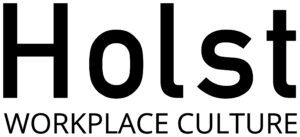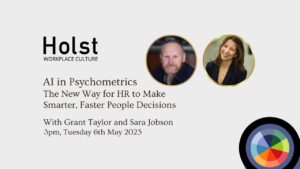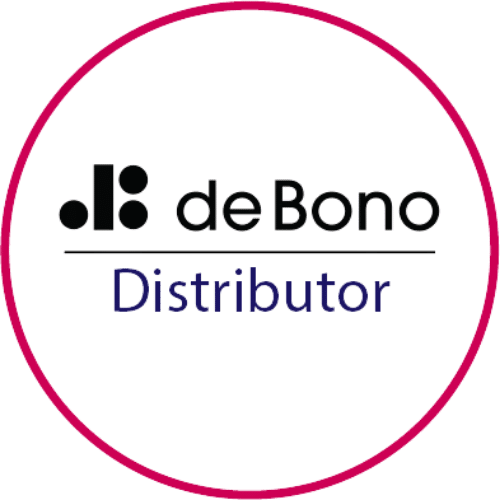Better understand the components of workplace resilience to identify and grow this vital skill in your people.
It’s a misconception that people are either resilient or they are not. Personal and workplace resilience sits on a sliding scale. Our resilience is affected by the pressures we face, whether that’s run of the mill day-to-day situations or when we are up against deadlines or challenges. It’s important to understand the ebb and flow of resilience to be prepared for such fluctuations.
Those who can accurately identify resilience in themselves and those around them are at a significant advantage. They can learn to adjust and dig deep when it matters. Organisations that value this ability are best positioned to thrive, innovate and move confidently into the future.
How to identify workplace resilience
When considered as a whole, resilience could appear too overwhelming to tackle. What even is resilience to begin with? Where on earth do you start? Resilience, as defined by flowprofiler®, can be split into six observable and measurable components, or dimensions.
- Perseverance
- Self esteem
- Adaptability
- Assertiveness
- Optimism
- Unbiased
However, when broken into these six dimensions, we can address resilience skills piece by piece. By measuring the dimensions, individuals can identify where they struggle and where to focus for the greatest impact.
When considering resilience, many will think first of perseverance, in terms of being able to:
- Persist and bounce back
- Deal with what is in front of them
- Thrive during periods of uncertainty
While perseverance is indeed a key component of resilience, it is just one aspect of this crucial workplace skill. For example, perseverance without adaptability can become dogmatic. With too much optimism (yes, that is a real thing) it can lead to a ‘yes’ culture that is unable to recognise or call out business-inhibiting red flags.
Another example: Perhaps an individual struggles with their assertiveness. They know what they want to get across, but find it difficult to deliver their message with appropriate authority. resilienceflow® from flowprofiler® will identify this in two states – day-to-day, and when under pressure. From here the individual can engage in meaningful conversations to make improvements. This might come in the form of regular coaching, or through communication technique training workshops such as ThinkSpeak or The Polished Presenter.
Put workplace resilience into perspective
Developing resilience is about creating a balance of its constituent dimensions. Too much of any dimension (overuse) can be just as damaging as underuse. But in the general run of the workplace, and especially where that includes hybrid and remote working, it’s hard to see the whole picture of your teams.
This is where flowprofiler® is particularly powerful. Team and leadership development with flowprofiler® enables your HR professionals and leaders to objectively identify where there is room to improve the resilience of your people. With a clear diagrammatic picture of workplace resilience, it’s possible to strategically work on key areas. Through assessment, coaching, training and re-assessment, you’ll be able to measure and report on the improvements that your people make. Over time, you can compare this to other key metrics such as employee retention and turnover, and even against stress-related absence to quantify the return on your investment.
"Having participated in a number of similar programs, I found flowprofiler® to be one of the best, if not the best, I have done thus far."
Shane Jolly, GM, Langham Hotel, Sydney






